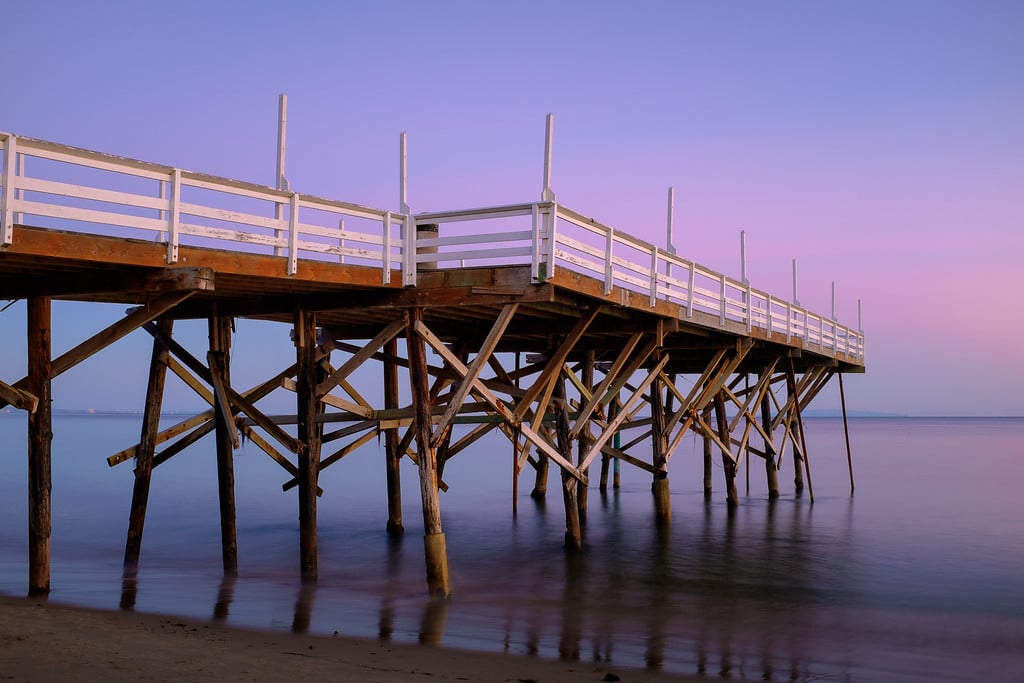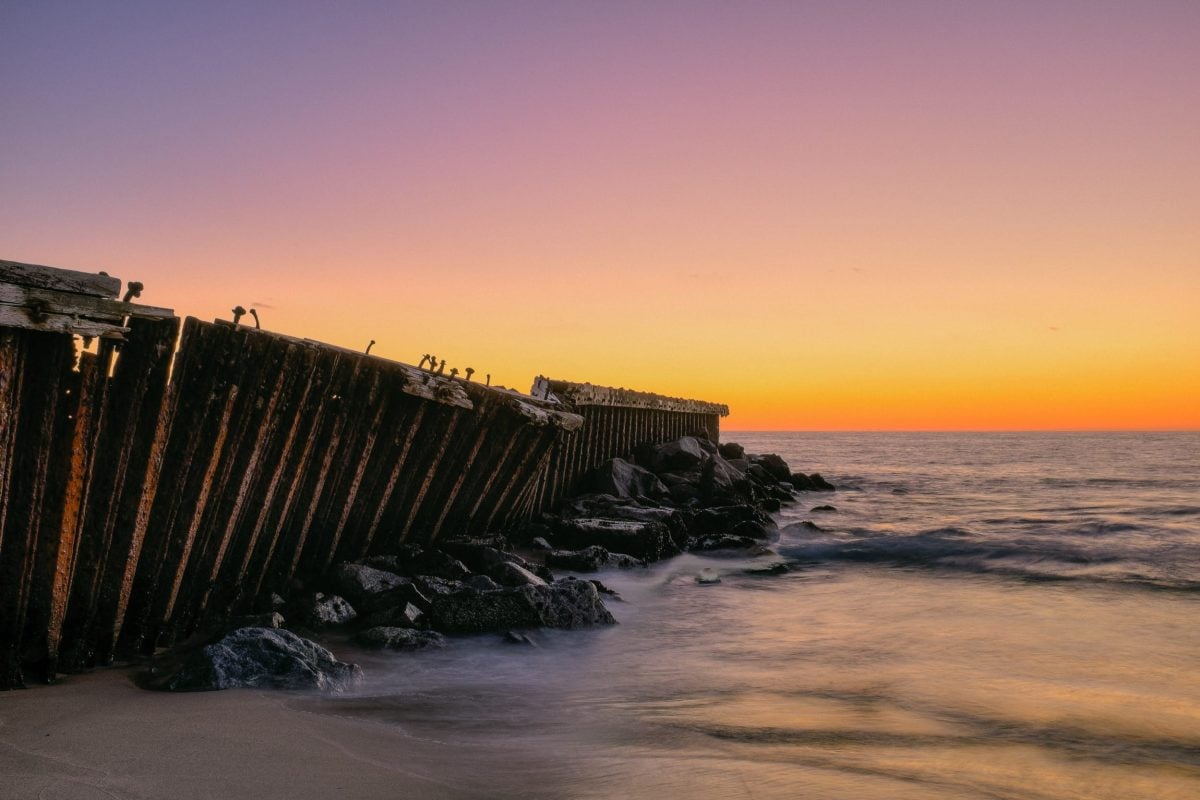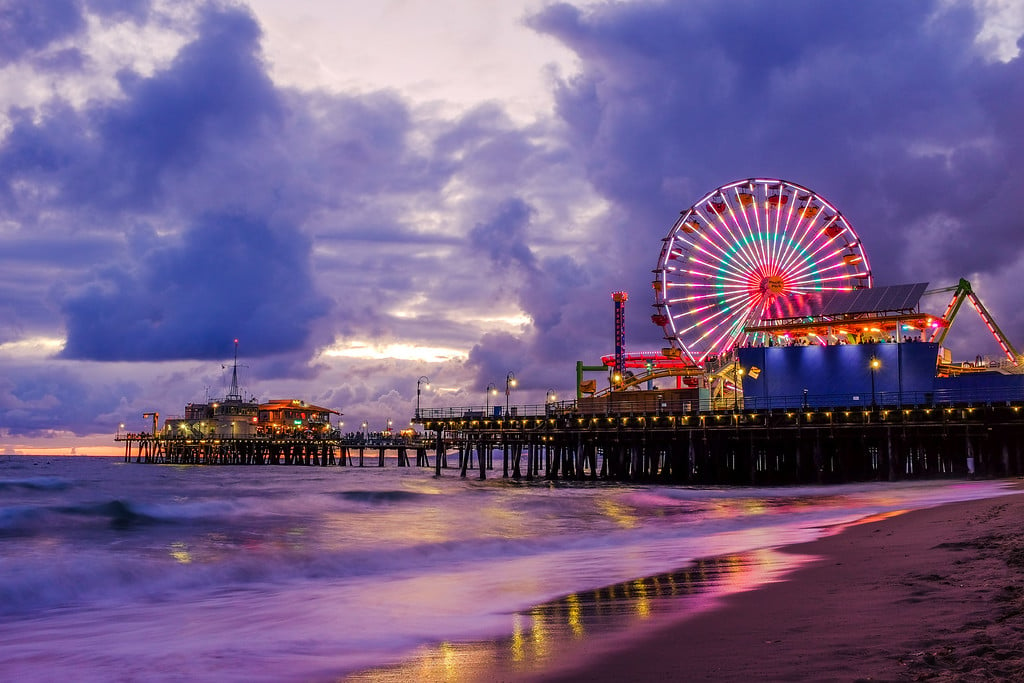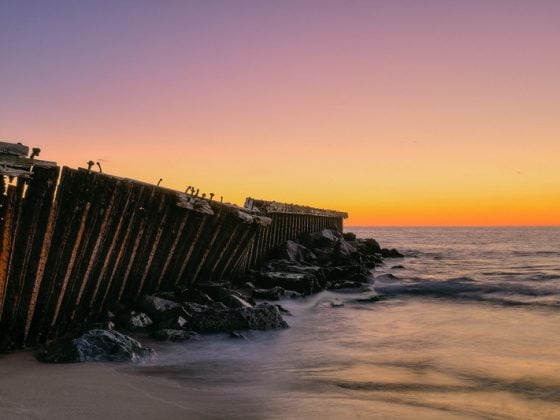When you think of a landscape photography camera, I bet the first thing that comes to mind is a Nikon D800 – or the Sony A7r. Am I right? I bet you never think of Fujifilm.
Well, a lot has changed over the years, and now our small little cameras pack a serious punch.
Shooting Landscapes With The Fuji X100T
After playing around with the Fuji X100T, I have been opened to a whole new system that produces the most incredible colors I’ve ever seen from a camera. And it’s not coming from the optics, the sensor, or any of the other tech specs—it’s these Fuji film simulators.
The Fujifilm Film Simulators – Why They Are Important
Fuji has been an expert at designing the looks of the films we’ve all grown up with for over 50 years. Today, they’ve placed their years of experience and expertise inside a digital camera, with looks mimicking classic film stocks such as Velvia, Provia, Astia, and more.
These looks are something very special to Fujifilm, and they continue on the technology that powers them.
There is a lot more to the film simulators, too, than just color profiles. If you shoot JPG or use Fujifilm X RAW studio, there is much more than color adjustments. The images and colors are processed differently based on their exposure. If they are pushed or pulled or if there is noise reduction and grain, it all intelligently happens inside the camera for a superior look.
Of course, you can still load the color profiles in Adobe to get very close to a similar look, which I usually do when shooting landscapes.
How Fuji Film Simulators Have Change My Editing
Usually, with landscape photography, I shoot my shot, often more than once and at a few different exposures, to accurately capture the scene’s dynamic range. Combine them, then spend the next day tweaking the colors to get it to look and feel sort of how it was when I was there. It’s impossible to match this perfectly, as the human eye is a chemical marvel constantly adjusting to the light around us. But with the Fuji X100T, I now shoot my shot, then cycle through a few of the film simulators. And just like that, I feel like the image is 90% there.
In this particular photo, I used the film simulator look Velvia / Vivid and very little Lightroom tweaking to get it to look like this. I’m very happy.
This was shot RAW, though; the colors were loaded manually in LR.

Location: Paradise Cove, Malibu California
Camera: Fuji X100T
ISO 200, f/16, 0.5 seconds
Stock: Velvia
What’s Next From Fujifilm?
I really think Fuji cameras will continue to grow in popularity. The X-T system is one of the most astonishing interchangeable camera systems out there. But I think Fuji will need to increase its megapixel count before it’s fully adopted by avid photographers. Not because it will make the cameras better, because it won’t. They need to do it simply because of marketing psychology. A mistake Canon made by not releasing a high-megapixel sensor in response to Nikon and Sony caused many photographers to switch. Myself included. However, I did it for other reasons. Mainly because I feel like Canon only cares about sports shooters and wedding shooters.
Fuji Landscape Inspiration
As far as the future goes, I’ll continue to shoot Landscapes with the Fuji X100T, post my shots on this site and continue to update my Fuji X100T Review with anything new I discover. But this year, I’ll likely pick up Fuji’s next APS-C interchangeable, whatever that may be. I’m thinking of the X-Pro 2.

Location: Paradise Cover, Malibu California
Camera: Fuji X100T
ISO 200, f/16, 0.8sec
Film Stock: Velvia

Location: Dockweiler State Beach, Los Angeles, California
Camera: Fuji X100T
ISO 200, f/16, 1.0 sec
Film Stock: None / HDR
This shot here has a little bit more of an aggressive Orton effect.

Location: Dockweiler State Beach, Los Angeles, California
Camera: Fuji X100T
ISO 200, f/11, 1/5 sec
Film Stock: Velvia

Location: Dockweiler State Beach, Los Angeles, California
Camera: Fuji X100T
ISO 200, f/11, 1 sec
Film Stock: Velvia
| **This website contains affiliate links. We will earn a small commission on purchases made through these links. Some of the links used in these articles will direct you to Amazon. As an Amazon Associate, I earn from qualifying purchases. |





